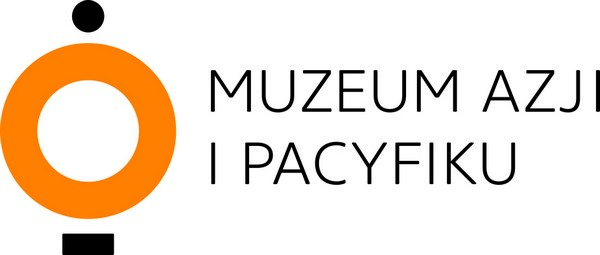Dagger – keris
Indonesia, Bali, 19th century
iron, nickel, steel, wood, silver, decorative stones;
forging, etching, polychrome, granulation
inv. number MAP 18792/1-2
The kerisses are a national weapon of Indonesia. Nowadays they have lost their function in combat, but they stay a sign of status, an element of ceremonial dress, as well as they are considered talismans. One believes that there are magical powers in the keris blade, specifically in the bright pattern (pamor) containing nickel, visible on a dark background of the blade.
The process of making a keris (in the old times kept in professional secrecy) consists in repeatedly forging pure iron with an alloy iron-nickel. The bar made of these two materials is folded in half and forged to its original length. Another important way is to twist the bar in a spiral. These treatments result in a planned pattern, consisting of rings, lines, geometric, and symbolic forms – considered to be symbolic. The final pattern is somewhat reminiscent of Damascus steel, on the surface of which bright lines are visible. In addition to the pamor pattern, the form of the blade is also prescribed, including certain spikes, ribs and depressions. Wavy blades require
an additional work: they must be unhardened stretch by stretch and every fragment must be formed in a shape of an arch. Wavy blades are far less frequent than straight ones, so they are more desired by collectors.
Beliefs in the magical powers of the keris derive from animism, nonetheless they persist in Indonesia in spite of the fact it is an Islamic country for half a thousand years. Although in the last century the popularity of side arms has greatly diminished and the keris-smith profession has almost disappeared, the Indonesian state, independent since 1945, protects the art of forging kerisses as a national cultural heritage.
The weapon shown here is an example of decorative keris from the island of Bali,
a Hindu enclave in Indonesia. On the blade is visible a popular pamor pattern type called beras wutah – “strewn rice” – here concentrated close to the main axis. Also
a figure of the snake/dragon is wrought, one of the most important Indonesia’s symbolic animals, associated with the cosmos and royalty.

![grafika z tekstem [journeys to the east]](https://www.muzeumazji.pl/maip/uploads/2022/08/baner_strona_english_tn-1140x220.jpg)


